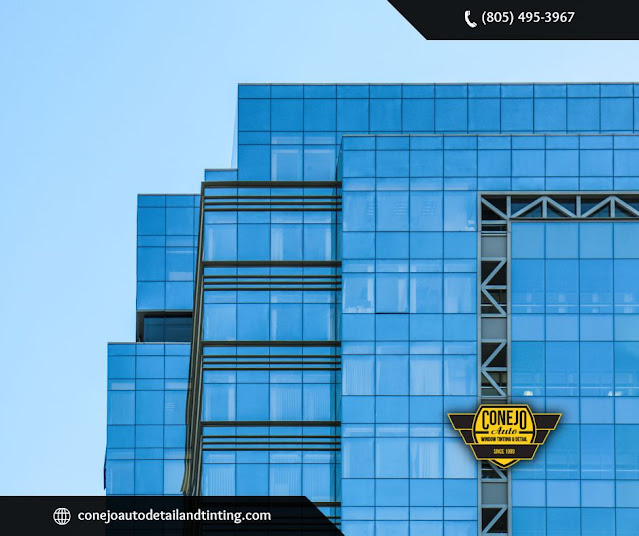How to Select the Best Window Film for Commercial Tinting
Choosing the best window film for commercial tinting requires a comprehensive analysis of your project’s specific goals, which may include thermal insulation, UV protection, glare reduction, or enhancing privacy. It’s important to consider the building’s orientation, geographical location, and current window characteristics. Additionally, understanding how the film impacts both the architectural design and indoor environment is essential. Compliance with local building regulations and sustainability standards also plays a critical role in making the right decision. With various types of window films, such as reflective, dyed, ceramic, and security films, navigating these factors is key to finding the perfect balance between functionality and aesthetics.
Identifying Your Needs for Commercial Tinting
How do you determine what your commercial window tinting project requires? Start by conducting a thorough assessment that takes several important factors into account.
First, identify your main objectives—whether it's improving energy efficiency, blocking UV rays, reducing glare, enhancing privacy, or improving the overall look of the space. Each of these goals demands different features from the window film.
Next, evaluate the building’s orientation, geographic location, and the existing windows. These factors greatly influence how well the film performs. For example, windows facing the west will need higher heat rejection capabilities due to increased exposure to the afternoon sun.
Additionally, think about the building's architecture and the effect of natural light on the interior. Consider how sunlight influences the comfort and productivity of those in the space. It's also a good idea to involve stakeholders in this process to ensure that the window film meets their expectations.
Don’t forget to check local building codes and regulations. Make sure the window film you choose adheres to any legal standards in your area.
Lastly, consider the long-term durability and maintenance of the film. High-traffic commercial spaces need films that are not only long-lasting but also easy to maintain. By carefully analyzing these factors, you can pinpoint the exact needs for your commercial window tinting project to ensure it performs at its best.
Understanding Different Film Types for Commercial Tinting
When selecting the right window film for your commercial tinting project, it’s essential to understand the different types available and what they offer. Each type of window film is designed to meet specific needs like UV protection, glare reduction, or energy savings.
For instance, reflective films contain a metallic layer that boosts privacy while significantly cutting solar heat gain. These films are ideal for buildings where climate control and energy savings are top priorities.
Dyed films, however, use a dye layer to reduce glare and provide privacy without the reflective appearance, making them perfect for businesses that want to maintain a natural look from the outside.
Ceramic films offer a high-end option by utilizing advanced nanotechnology. These films provide excellent heat rejection and UV protection while maintaining crystal-clear views. This makes them an ideal choice for high-end commercial environments where both performance and aesthetics are important.
Security films offer another layer of protection by keeping shattered glass in place during break-ins or accidents. This type of film is crucial for businesses that prioritize safety and asset protection.
By understanding the differences between these film types, you can make an informed decision that ensures your commercial tinting project meets both your functional and aesthetic needs.
Choosing the right window film for commercial tinting requires a thoughtful evaluation of your project’s objectives, such as improving energy efficiency, providing UV protection, or enhancing the aesthetics of your space. Consider the building’s orientation, location, and current window specifications, as well as how the film impacts both the architectural design and interior environment. Compliance with local regulations and understanding the long-term durability of various film types—reflective, dyed, ceramic, and security films—are essential for making an informed decision. A detailed approach, similar to the precision of a master craftsman, is crucial for achieving the desired results.




Comentarios
Publicar un comentario